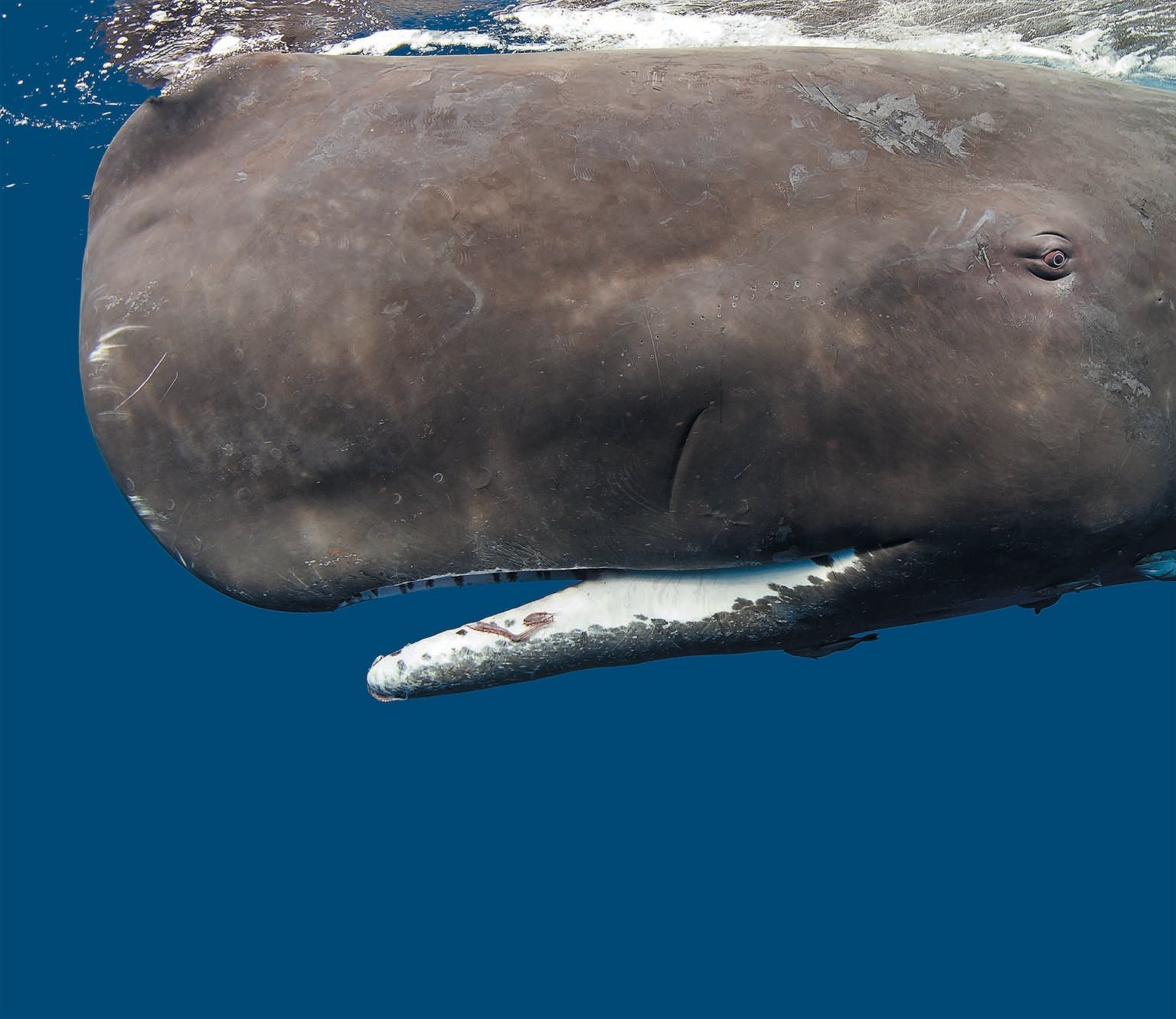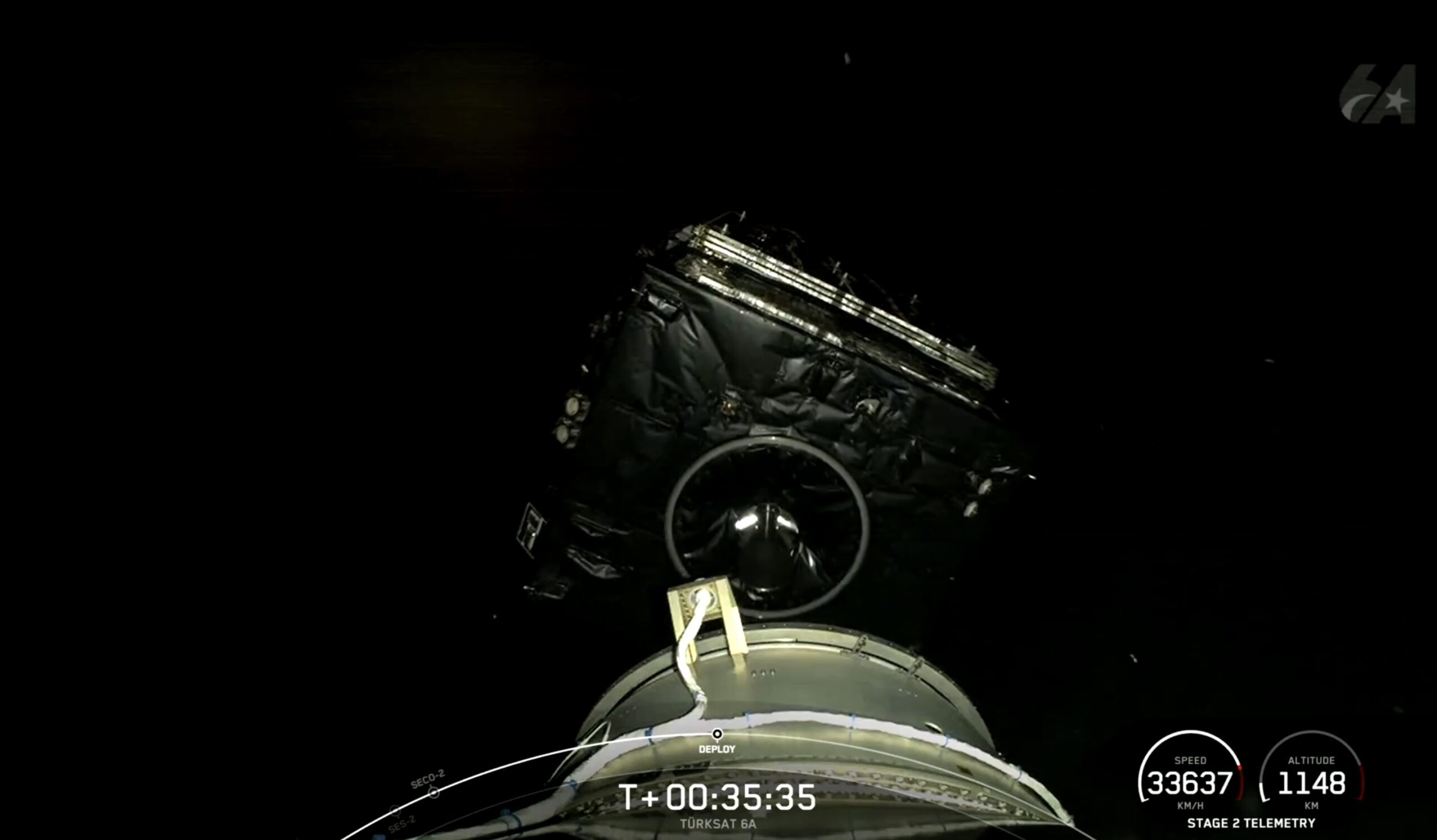astrophysics
By Charlie Wood
March 14, 2022
Dwarf galaxies weren’t supposed to have big black holes. Their surprise discovery has revealed clues about how the universe’s biggest black holes could have formed.

Astronomers found evidence for hidden black holes in these dwarf galaxies, among others.
Legacy Surveys / unWISE / NASA/JPL-Caltech / D. Lang (Perimeter Institute)
In 2008, Marta Volonteri helped develop a radical proposal: Astronomers should search the smallest of galaxies for colossal black holes — hulking behemoths weighing many thousands of solar masses. If they could find them, she reasoned, the objects could teach us how the universe’s very first black holes formed.
The only problem was that big black holes weren’t supposed to exist in little galaxies. Shrimpy “dwarf” galaxies seemed to lack the gravitational muscle needed to pack enough mass into one black hole. To many researchers, it sounded as if Volonteri and her collaborators were suggesting the astrophysical equivalent of finding a brontosaurus in a bathtub.
“Black holes in dwarf galaxies were not conceivable,” said Volonteri, now at the CNRS Institute of Astrophysics in Paris.
Then astronomers started finding the beasts. In recent years, powerful telescopes and innovative observational strategies have allowed researchers to more closely scrutinize dwarf galaxies. When they do, black holes pop up. The discoveries highlight how little astrophysicists know about what types of black holes inhabit the universe, and the challenges theorists face in explaining where they all came from. An increasingly accurate tally may help to finally explain the universe’s earliest, and biggest, black holes.
“People keep finding more of them,” said Ryan Hickox, an astronomer at Dartmouth College who recently helped locate one himself. “There may be a lot more of these things in these galaxies than we could find using the traditional techniques.”
Off the Map
Dwarf galaxies are relatively uncharted astronomical territory. Ten to 100 times lighter than the Milky Way, they lack the gravitational moxie to pull themselves into the tidy round shapes amenable to theorizing. They’re also patchy, dim and generally hard to study in detail. “They’re a total mess,” Volonteri said.
But the tiny tangles of stars harbor secrets that larger galaxies have forgotten. Researchers believe that galaxies like the Milky Way are the patchwork products of more than 10 billion years of mashups, in which galaxies repeatedly smash into their neighbors, growing larger each time. Dwarf galaxies remain small either because they have dodged encounters with other galaxies, or because they formed relatively recently and haven’t had many chances to collide yet. “They are quieter places in the universe,” said Priyamvada Natarajan, an astrophysicist at Yale University who worked with Volonteri on the research (and who is currently a member of this magazine’s advisory board).
In this way, dwarf galaxies resemble the earliest galaxies. Back in the universe’s first billion years, when galaxies were just getting started, they forged the first stars — and the first black holes. Many of those galaxies collided over time, and their black holes merged. Through some mixture of mergers and gobbling up of matter, the first “seed” black holes grew into the monsters boasting billions of solar masses that seem to sit at the heart of every large galaxy today.
But dwarf galaxies haven’t experienced many mergers and tend to have less matter to feed their black holes. These unique conditions would be more likely to freeze black holes in relatively undeveloped, seedlike states, Volonteri and Natarajan reasoned. If, that is, dwarf galaxies had large black holes at all.
Astronomers typically spot actively feeding black holes at the centers of large galaxies by the blindingly bright jets they emit, which drown out the surrounding stars. But at the time of Volonteri and Natarajan’s proposal, researchers hadn’t seen clear signs of such feeding frenzies in dwarf galaxies. Many astronomers questioned the existence of the objects.
Then in 2013, researchers uncovered the mother lode.
Amy Reines, an astrophysicist now at Montana State University, led an analysis of data from the Sloan Digital Sky Survey looking for energetic patterns of visible light typical of feasting black holes. Of the 25,000 or so dwarf galaxies her algorithm scoured, 151 showed signs of hosting growing black holes of hundreds of thousands of solar masses. They were unconfirmed candidates, but their number left little room for doubt: Dwarf galaxies could sculpt massive black holes.
Suddenly, Volonteri’s proposal seemed less radical. “I said, ‘Thanks, Amy. You make me feel like I am a reasonable person,’” she recalled.
A Novel Glow
Now astronomers have come up with fresh ways to find more of these hidden giants.
Mallory Molina, an astronomer collaborating with Reines at Montana State, stumbled onto a new technique by pure luck. While trying to confirm one of Reines’ candidates from a radio survey, Molina noticed a particular orange glow. The radiation was a tell-tale sign of iron atoms that had been so battered that they lost nine electrons — the so-called “Fe X” (or “Iron 10”) line. The researchers checked another candidate and found the same trait. While neither object had the traditional appearance of a feeding black hole, it was hard to imagine what else could be doing such violence to iron atoms.
Molina wrote code to search through about 46,000 dwarf galaxies observed by the Sloan Digital Sky Survey and found that 81 galaxies glimmered with the faint orange of damaged iron. Molina and their colleagues argue that in these dwarf galaxies, a giant black hole is heating the gas around it enough to blast electrons from their atoms. They published their findings in The Astrophysical Journal in November.
These black holes occupy galaxies beyond the reach of previous surveys, which struggled to pick out the glimmer of active black holes against the dazzling radiance of baby stars. (Molina likens the effort to looking for a flashlight while a spotlight shines into your eyes.) The distinct color of the Fe X line makes large black holes pop out against the background, showing that smaller dwarfs with lots of stellar nurseries can also host giant black holes.
“I’m so glad to see that there are new ways of finding black holes,” said Volonteri, who was not involved in the research. “They’re so faint. That’s why it was so hopeless.”
Space telescopes have also helped reveal hidden black holes. Last year, Hickox and his student Jack Parker reexamined eight relatively nearby edge cases from Reines’ 2013 survey. They aimed NASA’s space-based Chandra X-ray observatory at each dwarf galaxy for about four hours. One of the eight galaxies had a speck at its center that shone brighter with high-energy X-rays than low-energy X-rays, suggesting that the radiation was punching through a dense cloud of gas — just the sort of cloud that could be completely cloaking black holes in more distant galaxies. They described their results at an American Astronomical Society conference in January and are preparing them for publication.
While the results raise the odds that many dwarf galaxies have massive black holes, the fraction that possesses them remains hotly debated. In 2008, astronomers would have said that fraction was near zero. The true number depends on the percentage of black holes that are actively feeding (and therefore shining) and the percentage of bright black holes that are enshrouded by gas and dust. If these percentages are similar to those observed in their supermassive siblings (which is currently a big if), massive black holes could reside in the majority of dwarf galaxies.
“That argument that they’re not that common may be starting to break down,” Hickox said.
The First Black Holes
When Volonteri first urged astronomers to work out how common dwarf-galaxy black holes were in 2008, she did it because the answer might help distinguish between two explanations for a seemingly impossible discovery.
A few years before, the Sloan Digital Sky Survey had seen billion-solar-mass black holes dating back to the universe’s first billion years. Astronomers couldn’t figure out how they had gotten so heavy so quickly. It was like encountering a stand of towering redwoods on a still-smoldering volcanic island. Either they had shot up incredibly fast, or they had come into being already partly grown.

Samuel Velasco/Quanta Magazine
The find stimulated research exploring both possibilities. Some astrophysicists developed theories of extra-gassy environments that would allow small seed black holes — the corpses of the first stars — to experience sustained growth spurts. Others detailed ways in which special circumstances could coax giant balls of gas to skip stardom and collapse directly into a big seed, starting out life as a black hole already weighing thousands of stellar masses.
The big-seed theory gained popularity, in part because dwarf-galaxy black holes seemed so rare, which supported the idea that a special event would be needed to jump-start growth. Now some astronomers are wondering if the spate of new black holes partially revives the notion of small seeds.
“It’s kind of implying that direct collapse may not be the end-all-be-all of how the first generation of black holes formed,” Molina said.
But recent work has complicated the debate. Natarajan has found that the cosmos could make both large and small seeds throughout its history. Nevertheless, she called the new observations “super helpful” for uncovering overlooked groups of black holes that formation theories will need to account for.
“We have an incomplete census of black holes,” she said. “The X-ray stuff is really useful in helping us uncover the obscured population.”
The next big piece of the puzzle will come from the James Webb Space Telescope, which launched in December. The instrument’s keen eyesight should pick out the radiance of black holes from even deeper in the past, giving astronomers a more direct view of what went on in the early universe shortly after the first black hole seeds formed — a perspective some researchers have been anticipating for their entire careers.
In 2003, when Volonteri was finishing her doctorate on theories of black hole formation, her adviser told her that “very soon JWST will fly, and we can prove your theories right or wrong,” Volonteri recalled. “I’ve been very hopeful since then.”
Note: This article have been indexed to our site. We do not claim legitimacy, ownership or copyright of any of the content above. To see the article at original source Click Here













